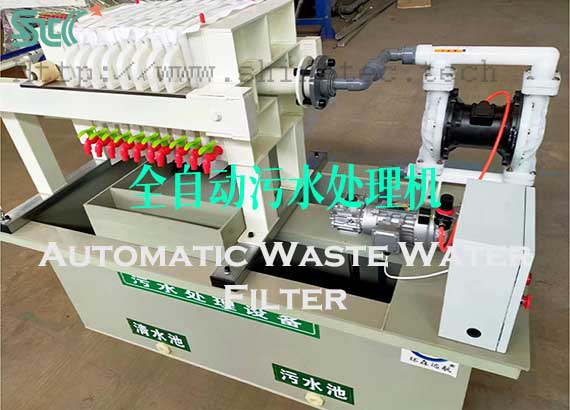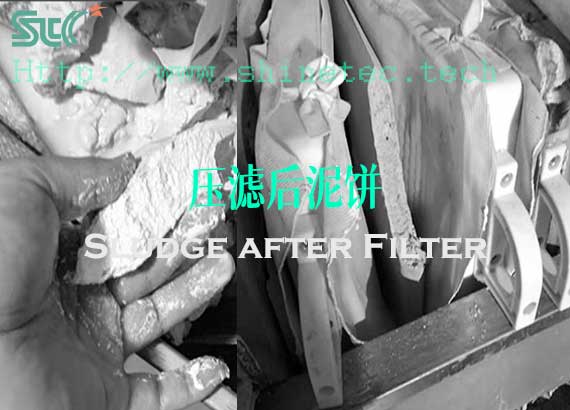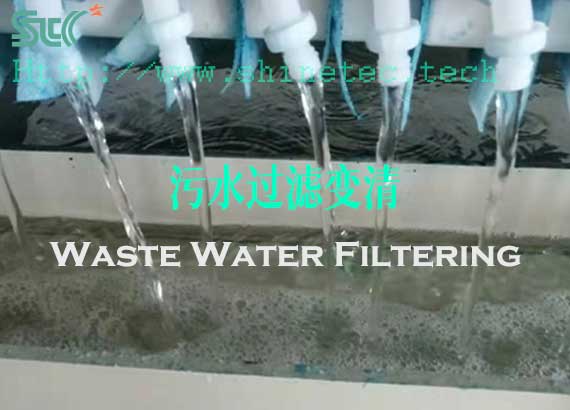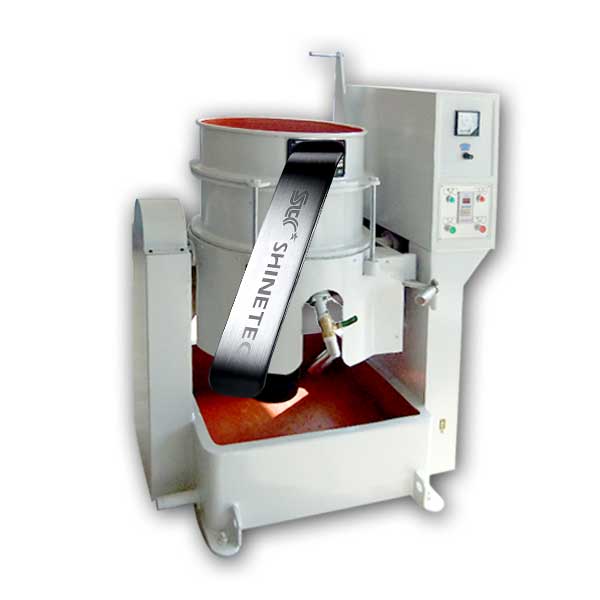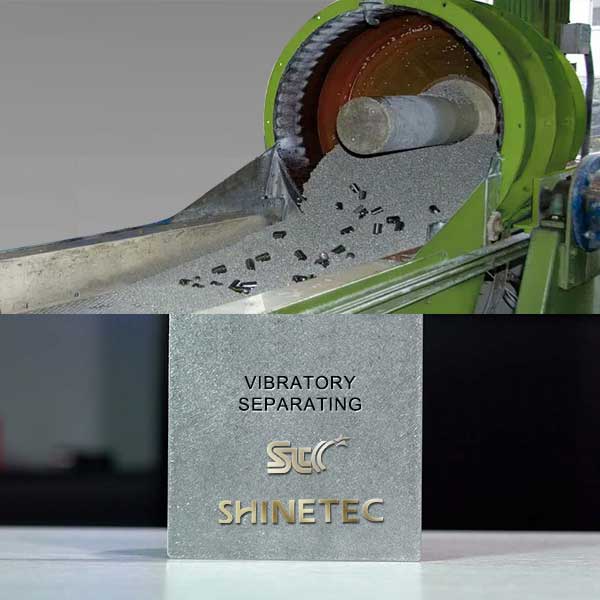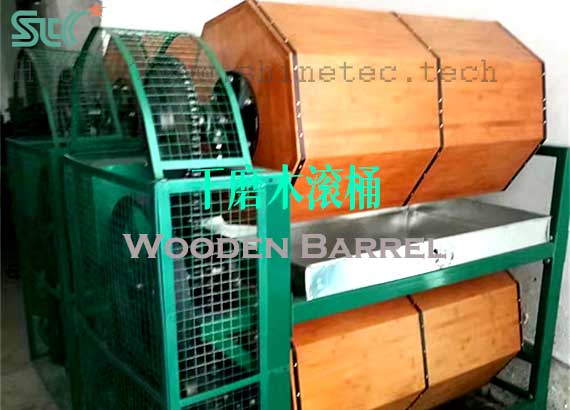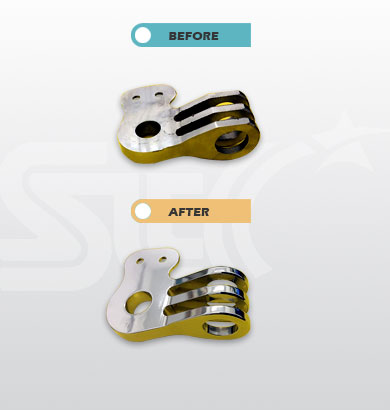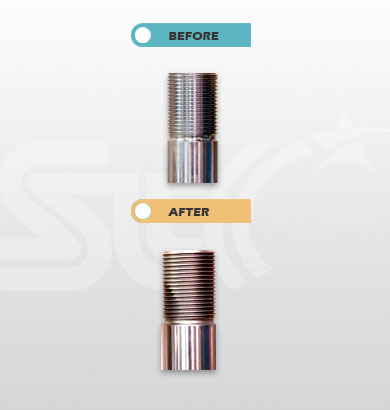What is the automatic mass finishing system?
About Automatic Mass Finishing System
- 1. What is the automatic mass finishing system?
- 2. Why do I need to use the automatic mass finishing system?
- 3. What systems does the automatic automatic mass finishing system consist of?
- 4. What types of automatic automatic mass finishing system does ShineTec have?
- 5. Where can the automatic mass finishing system be used?
- 6. How to choose a suitable automatic mass finishing system?
- 7. How to use the automatic mass finishing system?
- 8. What kind of tumbling media are needed for the automatic mass finishing system?
- 9. How long does it take to complete the polishing process on the automatic mass finishing system?
- 10. What is the daily maintenance of the automatic mass finishing system?
- 11. What is the price of the automatic mass finishing system?
- 1. What is the automatic mass finishing system?
- The automatic mass finishing system, also called the automatic finishing and polishing production line, is a mechanical equipment for finishing and polishing that uses modern transmission and electrical control technology from a series of processes such as feeding, deburring, polishing, cleaning, separating, drying, and discharging, combined into a complete set of integrated assembly lines. The main purpose is to reduce manual work, improve production efficiency, reduce production costs, and ensure the surface treatment quality of product workpieces.
- 2. Why do I need to use the automatic mass finishing system?
- For some manufacturers who need to carry out a large amount of daily finishing and polishing treatments such as deburring, descaling, deflashing, derusting degreasing, cleaning, polishing and brightening, etc., they are generally equipped with multiple finishing and polishing machines and Complete with auxiliary equipment. For example, some machines are used for rough finishing, some machines are used for fine finishing, and some machines are used for polishing brightness. The flow of product workpieces between different machines requires loading, unloading, and screening, cleaning, transportation, drying and other different processes, each process requires personnel to operate. Medium and large operating capacitibility of mass finishing machines usually process hundreds or even thousands of kilograms every time. The labor intensity of loading and unloading so many parts into different machines is huge. Moreover, manual loading and unloading takes at least half an hour at a time. Therefore, using independent machines to perform polishing operations is a time-consuming and laborious task that requires a lot of labor costs and has low production efficiency.
In order to reduce labor intensity and improve work efficiency, we can design and connect the finishing and polishing machines at different process points using auxiliary facilities such as mechanical hydraulic lifting, conveying transmission, online cleaning, and online separating, so that the product workpiece can be completely processed from feeding to finished product discharging. Realize online operation, reduce manual intervention, and realize automated mass finishing functions.
Using these modern mechanical and electrical control technologies, you can turn your mass finishing equipment into a fully automatic CNC finishing machine, greatly improving equipment utilization, reducing labor costs, increasing finishing and polishing efficiency, and creating greater profits for your factory. If you don’t know where to find this kind of automated mass finishing system, we can analyze the calculation data and propose a solution based on your actual production situation.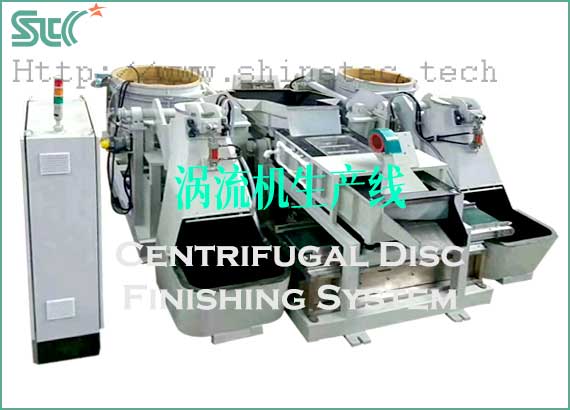
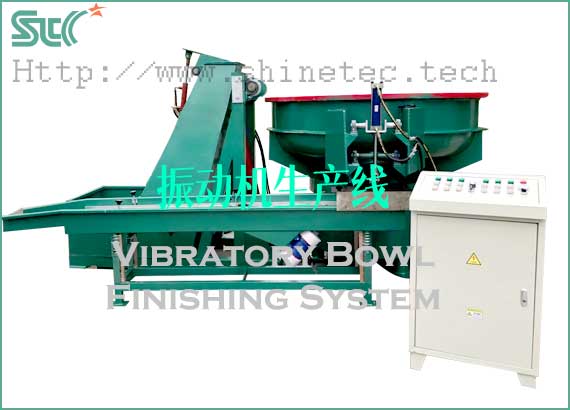
- 3. What systems does the automatic automatic mass finishing system consist of?
- 3.1 Automatic loading system. The first machine that starts the finishing process will be equipped with a material lifting hopper. Workers only need to put the abrasive media or product workpieces before rough finishing into the hopper and control the lifting of the hopper to put the materials into the machine.
3.2 Tumbling finishing and polishing machines. The finishing machine is the main component of the automatic finishing and polishing production line. This part of the system can be vibratory finishing machine, or centrifugal disc finishing machine, or centrifugal barrl finishing machine, even Rotary tumbling barrel finishing machine.
3.3 Auxiliary discharging device. Every finishing machine needs to unload after finishing is completed. When the vibrating finishing machine discharges materials, it is necessary to configure a hydraulic or pneumatic turning plate inside the machine to connect the bottom of the machine’s working chamber and the discharge port separating screen. When the material needs to be discharged, press the control button to turn the flap up and close the separating screen, so that the workpiece can automatically climb from the groove to the separating screen and output the workpiece. When the centrifugal disc finishing machine discharges materials, it is necessary to use the hydraulic struts at the bottom of the barrel of the machine to hold up the barrel and turn it over, so that the abrasive media and the workpiece can be poured into the built-in vibrating separator for discharge. Centrifugal barrel finishing machines are rarely integrated into automatic production lines. There is no need to equip additional special equipment when discharging materials. You only need to turn the barrel opening downwards to pour out the materials.
3.4 Separating device. Each machine is equipped with a separating screen to automatically separate workpieces and abrasives after discharging. The vibrating polishing machine is built into the working bowl, and the other three machines require additional special separating screens.
3.5 Transmission system. Using mesh belts and rollers, the separated workpieces are transferred to the machine for the next process. Some transfer systems are also equipped with a flushing function to clean the workpiece again during the transfer process.
3.6 Water-liquid circulation system. Using the sewage treatment system, the flushed wastewater containing polishing compound is recycled and filtered and pumped into the machine again for use.
3.7 Drying system. There are two ways, one is to transport the cleaned workpieces into a vibrating dryer, the other is to equip an online pass-through drying box to dry the workpieces on the conveyor belt.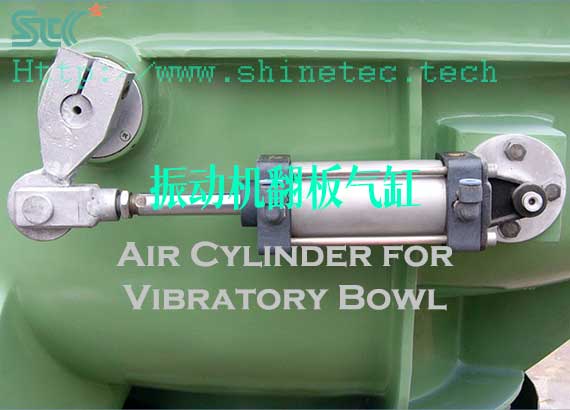
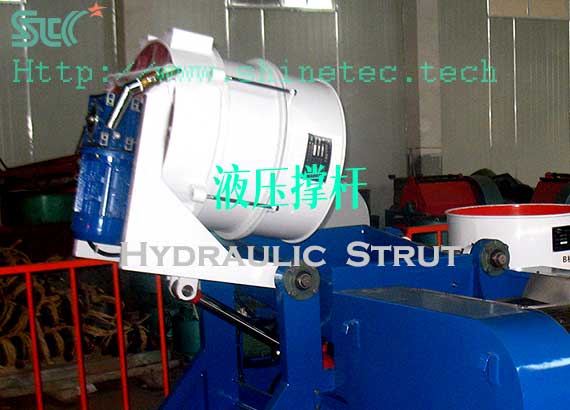
- 4. What types of automatic automatic mass finishing system does ShineTec have?
- According to different finishing machines, there are four types of automatic mass finishing system: vibratory finishing system, centrifugal disc finishing system, centrifugal barrel finishing system, and barrel tumbling finishing system. The first two models are most commonly integrated into production lines.
- 5. Where can the automatic mass finishing system be used?
- All factories that currently need to use multiple finishing machines for surface treatment processes such as deburring and descaling can consider configuring automated mass finishing system.
Here are some questions you can pre-evaluate:
How do your product workpieces flow between polishing machines in different processes?
How long does it take to transfer between each different process?
How did you add water and polish compound?
How do you separate tumbling media and workpieces?
If an automatic assembly line is used for circulation, how many finishing batches can be added?
On this basis, after comparing the investment returns, you can consider whether to invest in this kind of automated mass finishing production line.
- 6. How to choose a suitable automatic mass finishing system?
- It is indeed a challenge to choose an automated mass finishing system that is most suitable for your product finishing and polishing process.
The tumbling barrel finishing automated production line is the slowest type of work efficiency, but it can achieve the most beautiful results for the surface polish quality of the product, especially for surface finish and gloss. In terms of brightness, it can have an effect close to mirror polishing.
Automatic vibratory (vibrating) finishing system are the most widely used type. Its working efficiency is much higher than that of the barrel finishing type. Because of the built-in separating screen, the material can be discharged directly from the working chamber, and there is no need to add a hydraulic lifting device to flip the working barrel. Therefore, the manufacturing cost of the entire production line can be lower than that of the disc finishing type and centrifugal barrel finishing type.
Automatic centrifugal disc finishing system are also widely used. It has the highest working efficiency and can quickly achieve finishing and polishing effects. Since this type of machine needs to use a hydraulic lifting device to pour the materials in the barrel into a separately configured screen when discharging materials, the overall cost of the assembly line is higher.
Automatic centrifugal barrel finishing system is suitable for surface treatment of precision parts. Because the processing capacity is small, it is not necessary to integrate into the assembly line, so there are few application areas.
If you don’t know which type of mass finishing system your product is suitable for, please contact us. ShineTec will conduct professional evaluation analysis and calculations for you and provide you with the most cost-effective solution. - 7. How to use the automatic mass finishing system?
- The automatic mass finishing system provided by ShineTec is a highly integrated complete set of finishing and polishing equipment. Using pneumatic, hydraulic, and CNC technologies, multiple independent polishing machines are connected together through a set workflow combination to become a fully automatic finishing and polishing machine. The operator only needs to press each function button on the console to automatically complete the feeding, deburring, descaling, deflashing, degreasing, finishing, polishing, cleaning, drying, discharging and other processes. It is an easy-to-operate, powerful automated polishing assembly line.
- 8. What kind of tumbling media are needed for the automatic mass finishing system?
- Just like when the machine is used alone, it depends on what kind of Tumbling Media is used Depending on what kind of workpiece needs to be finished. ShineTec can provide abrasive media for three purposes: rough finishing, fine finishing and polishing:
8.1 Tumbling media for rough finishing, mainly include ceramic deburring media, Resin media , divided into heavy cutting force, medium cutting force and light cutting force.
8.2 Tumbling media for fine finishing, white Corundum finishing media, chrome corundum finishing media, 3P finishing media, etc., because the particle size of the micropowder contained in it is very fine, some of which are nearly 2000-3000 mesh, it can continuously perform micro-cutting on the surface of the workpiece to form a more delicate surface roughness.
8.3 Tumbling media for polishing, include porcelain media, high-density porcelain media (a high-alumina porcelain media with an alumina content of more than 95%), stainless steel media, walnut shell polishing media, corn cob polishing media and so on. The main purpose is to improve the gloss and brightness of the workpiece surface.
If you don’t know which is the best polishing media, please contact us and ShineTec can provide you with professional suggestions and answers. - 9. How long does it take to complete the polishing process on the automatic mass finishing system?
- Now, the time it takes to polish a batch of workpieces using an automatic mass finishing system is definitely much shorter than manually operating several independent finishing machines.
The length of processing time depends on which type of production line you have applied. Generally speaking, the centrifugal disc type and barrel type can complete the grinding work within 30 minutes. With discharging, cleaning and other processes, the entire process can be completed in as fast as 1 hour from feeding to discharging. The vibration-type unit may take 2 hours to complete the entire process, while the tumbling barrel-type unit may take longer and may take several hours to complete the finishing work. - 10. What is the daily maintenance of the automatic mass finishing system?
- Regular daily maintenance can keep your polishing automatic production line in the best working condition, extend the service life of the machine, and reduce maintenance expenses.
10.1 Inspection of mechanical components. The vibrating finishing automatic production line needs to add lubricating grease to the vibration motor used in the machine every month; the disc automatic finishing production line needs to check whether the gap between the barrel and the chassis is normal, whether there is a chuck, and whether the transmission belt is Relaxation; for a centrifugal barrel automatic polishing production line, it is necessary to check whether the transmission chain, sprocket or timing belt is worn, whether there is any abnormal noise during operation, and whether the barrel cover can be sealed; for a tumbling barrel-type automatic polishing production line, it is also necessary to check whether the transmission part is working Normal, there is no leakage after the cover is sealed. Some pneumatic or hydraulic devices on the production line also need to be checked for air and liquid leaks.
10.2 Check the loading of abrasive media used. The loading of abrasive media in the machine should be checked before each start-up. Too much or too little usage will cause damage to the machine or product workpiece, affecting the efficiency of finishing and polishing.
10.3 Water circulation system inspection. Check whether the water inlet, drainage, and quantitative filling of polishing compound are working properly. Pay special attention to whether the drainage pipe of the machine is blocked.
10.4 PU lining examination. Check whether the PU or rubber lining of the machine is worn or damaged. If so, it needs to be replaced immediately.
10.5 Don’t overdo it. Do not overload abrasive media and product workpieces into the machine. Generally, the total volume of materials does not exceed 70% of the total capacity of the machine. If stainless steel media need to be used in the machine, due to their large proportion, they are generally controlled within 50%. - 11. What is the price of the automatic mass finishing system?
- Each automatic mass finishing system is a customized fully automatic finishing assembly system. We need to quote based on your actual use site, product processing capabilities, process requirements and other data. If you are looking for manufacturer of automated mass finishing system, please contact us, ShineTec will provide you with professional solutions.
